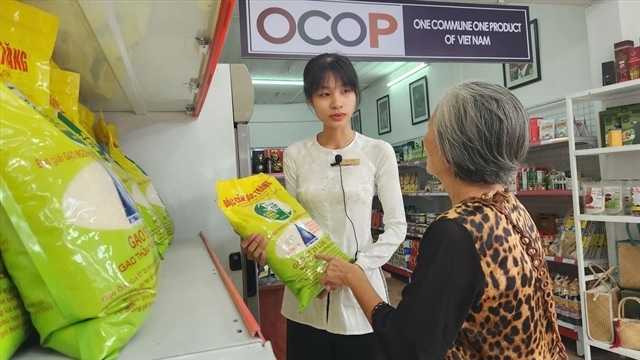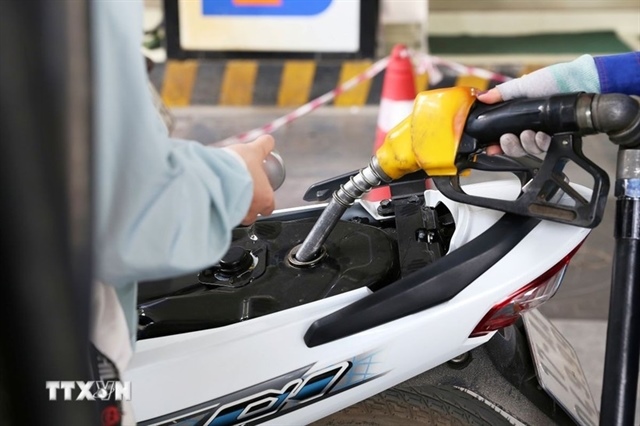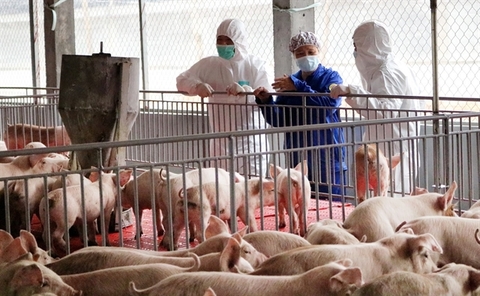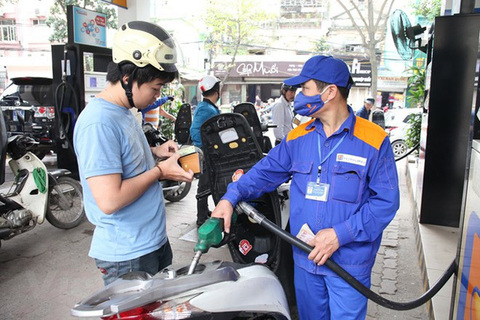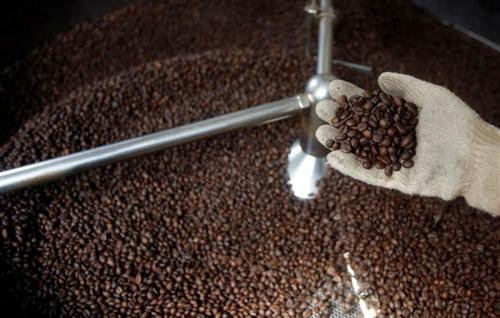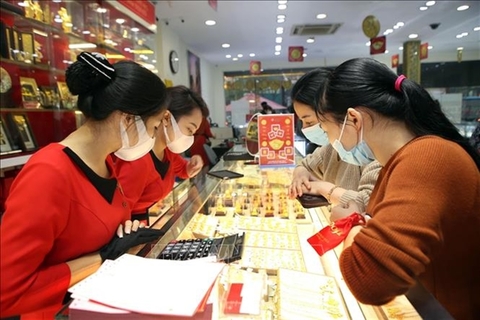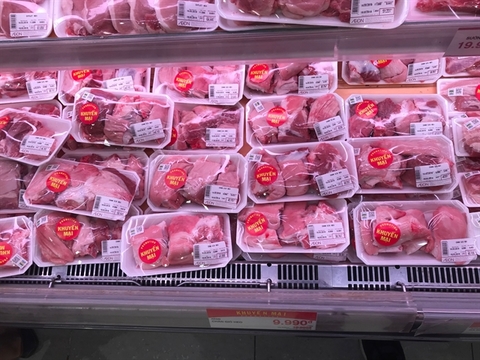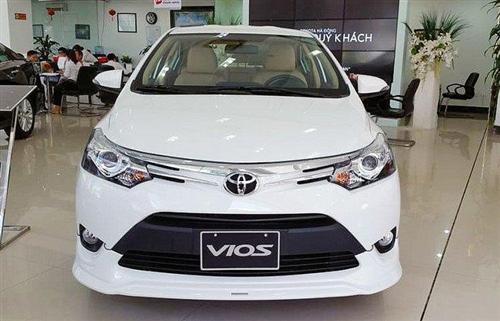Shrimp exporters might cash in on rosier export opportunities in COVID-19 time
Shrimp exporters might cash in on rosier export opportunities in COVID-19 time
Despite feeling the pinch of COVID-19, local seafood exporters are seeking to mitigate the impacts and focus on major export markets.
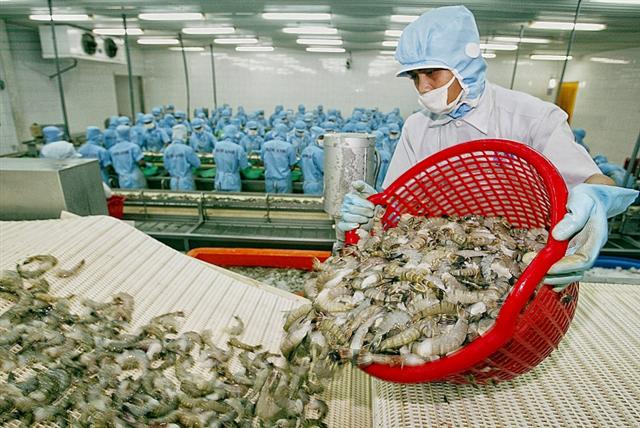
VASEP expects local shrimp exporters to seize opportunities and boost shrimp exports
|
Though the coronavirus epidemic (COVID-19) is making for an increasing disturbance, Ho Quoc Luc, general director of Sao Ta Foods JSC based in the Mekong Delta province of Soc Trang, assumed it is no cause for worry for the local shrimp industry if the epidemic stays for just a few months, as the peak season for shrimp exports is still months ahead.
Luc argued that consumption patterns in Europe would be changing due to the epidemic. Particularly, the demand to import convenient canned and frozen seafood would pick up as it is easier for processing than fresh products. In the long haul, exports to the EU will also benefit from the EU-Vietnam Free Trade Agreement (EVFTA).
Sao Ta Foods sold 937 tonnes of shrimp products last month, generating $10.7 million in export value. The company’s farms are rearing pedigree shrimps in preparation for the upcoming season.
As Vietnam’s largest shrimp breeding company, Viet-Uc Seafood Corporation is deploying a policy on postlarvae support to help farmers during the COVID-19 time.
| VASEP expects that the enforcement of the EVFTA hopefully in July would widen the doors for Vietnamese shrimp to deepen its foothold in the market. |
According to Bui Ba Su, the company’s deputy general director, this is the largest support policy of its kind extended to farmers until present. The programme aims to help farmers reduce input costs while ensuring that product quality remains unchanged.
“In addition, shrimp farmers should consider rearing postlarvae right from now to be able to take advantage of the demand picking up post-epidemic, leading to better prices. More importantly, it is essential to ensure good breeding practices and clear product origin to increase export opportunities to the EU thanks to the EVFTA,” he said.
Similarly, Quy Nhon Frozen Seafoods JSC is taking measures to boost exports to the EU. Mai Ngoc Son, the company’s director, noted that to benefit from the EVFTA, firms need to innovate technology, improve product quality, and ensure the clear origin of their products.
Tran Dinh Tai, general director of Hoai Nhon Fishery JSC based in the south-central province of Binh Dinh, shared that in the past, export to the EU was fraught with difficulties due to the yellow card for fishing practices and other technical barriers.
“Now with the multiple opportunities the EVFTA could bring, our company will make constant efforts to keep up with surging market demand,” he said.
According to the Vietnam Association of Shrimp Exporters and Processors, more than 70 per cent of the local shrimp export volume went to Japan, the US, and Europe, while the remaining nearly 30 per cent went to China and South Korea.
The US topped the list of Vietnam’s shrimp export markets in January 2020, accounting for 20 per cent of the country’s total export value of shrimp, fetching a tidy $37.9 million, a 7.7 per cent jump compared to January 2019.
In the EU market, Vietnam raked in $36.4 million in January 2020, down 26.6 per cent against the corresponding period in 2019. VASEP, however, expects that the enforcement of the EVFTA hopefully in July would widen the doors for Vietnamese shrimp to deepen its foothold in the market.
The COVID-19 outbreak in China and South Korea has led major shrimp importers (the US, Japan, and Europe) to curtail export volumes from these two countries, and local shrimp exporters need to avail themselves of the opportunity to scale up exports to these markets.



